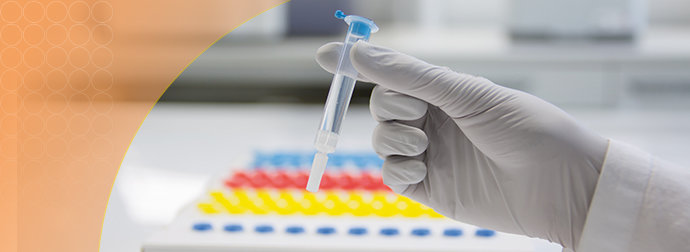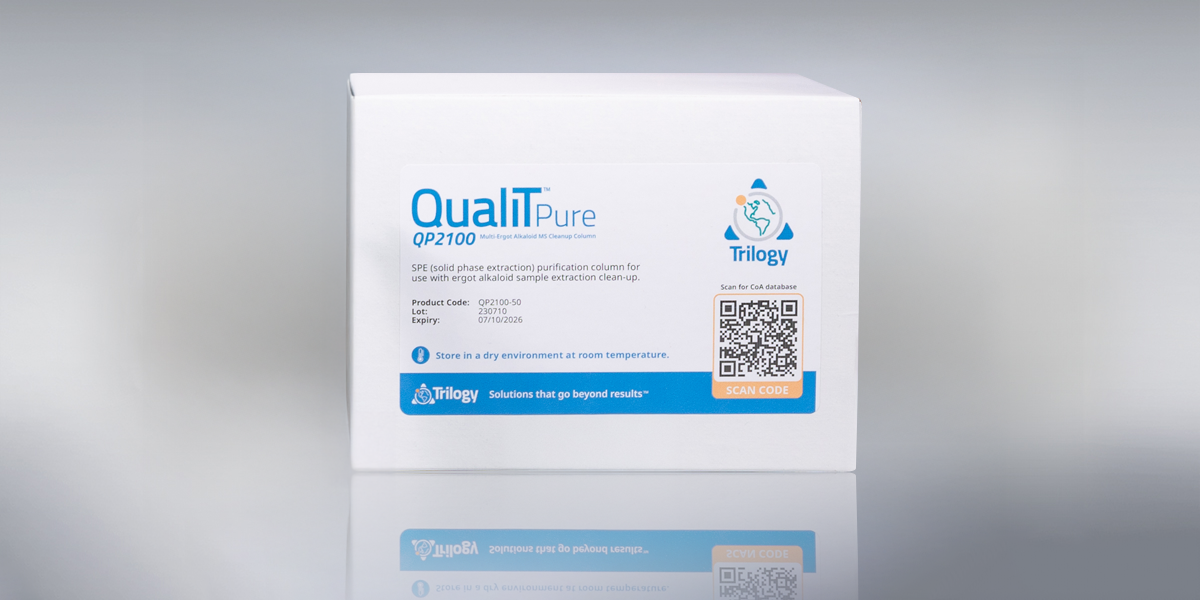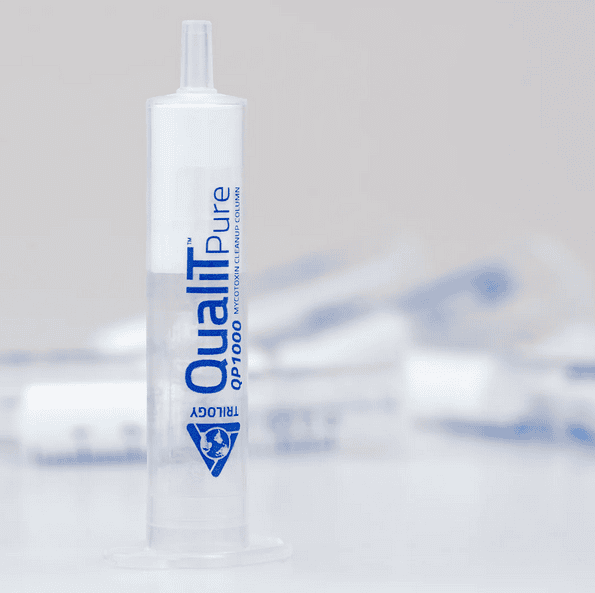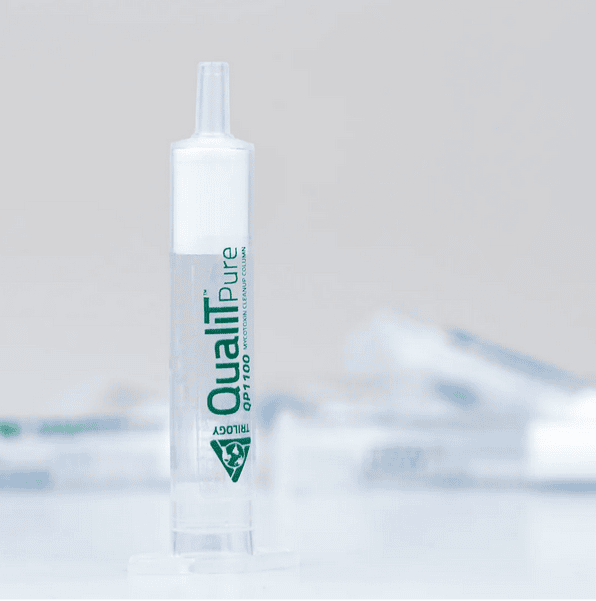
Recent news in Food & Feed Analysis
- Home
- /
- Mycotoxin decontamination of animal...
Mycotoxin decontamination of animal feed – search continues

The quest for mycotoxin decontamination of animal feed
The search continues for low-cost, effective treatments to detoxify aflatoxins and a range of co-occurring mycotoxins in animal feed. Gamma irradiation has some potential for detoxification of both aflatoxins and ochratoxin A in grain.
To investigate the potential of irradiation for mycotoxin decontamination of animal feed a reliable mycotoxin detection methodology is required. A high accuracy is needed to determine toxin reduction as a result of the irradiation treatment. The use of R-Biopharm Rhone mycotoxin immunoaffinity columns prior to analysis enables to measure the reduction in mycotoxin levels in cereals and feed accurately.
In the December 2014 issue of Food Additives & Contaminants, Vita Di Stefanoa and co-workers from the University of Palermo in Italy, reported use of R-Biopharm Rhone OCHRAPREP® and EASI-EXTRACT® AFLATOXIN immunoaffinity columns for the analysis of commercial poultry feed, before and after gamma-irradiation.
No complete reduction mycotoxins by irradiation
Samples were spiked at a level of 25 ng/g for individual aflatoxins and ochratoxin A. Increasing levels of irradiation from 0.5 to 15kGy showed a progressive reduction in contamination levels. However, at the highest viable treatment level of 15 kGy, the maximum reduction was 24% for ochratoxin A, with lower reductions for aflatoxins. A complete destruction of mycotoxins was not achievable at this level.
This study demonstrates the importance of reliable sample clean-up to remove background co-extractives from feed, to ensure accurate measurements of mycotoxin levels during the course of decontamination treatment. The R-Biopharm-Rhone mycotoxin immunoaffinity columns offer the required efficient sample clean-up.



